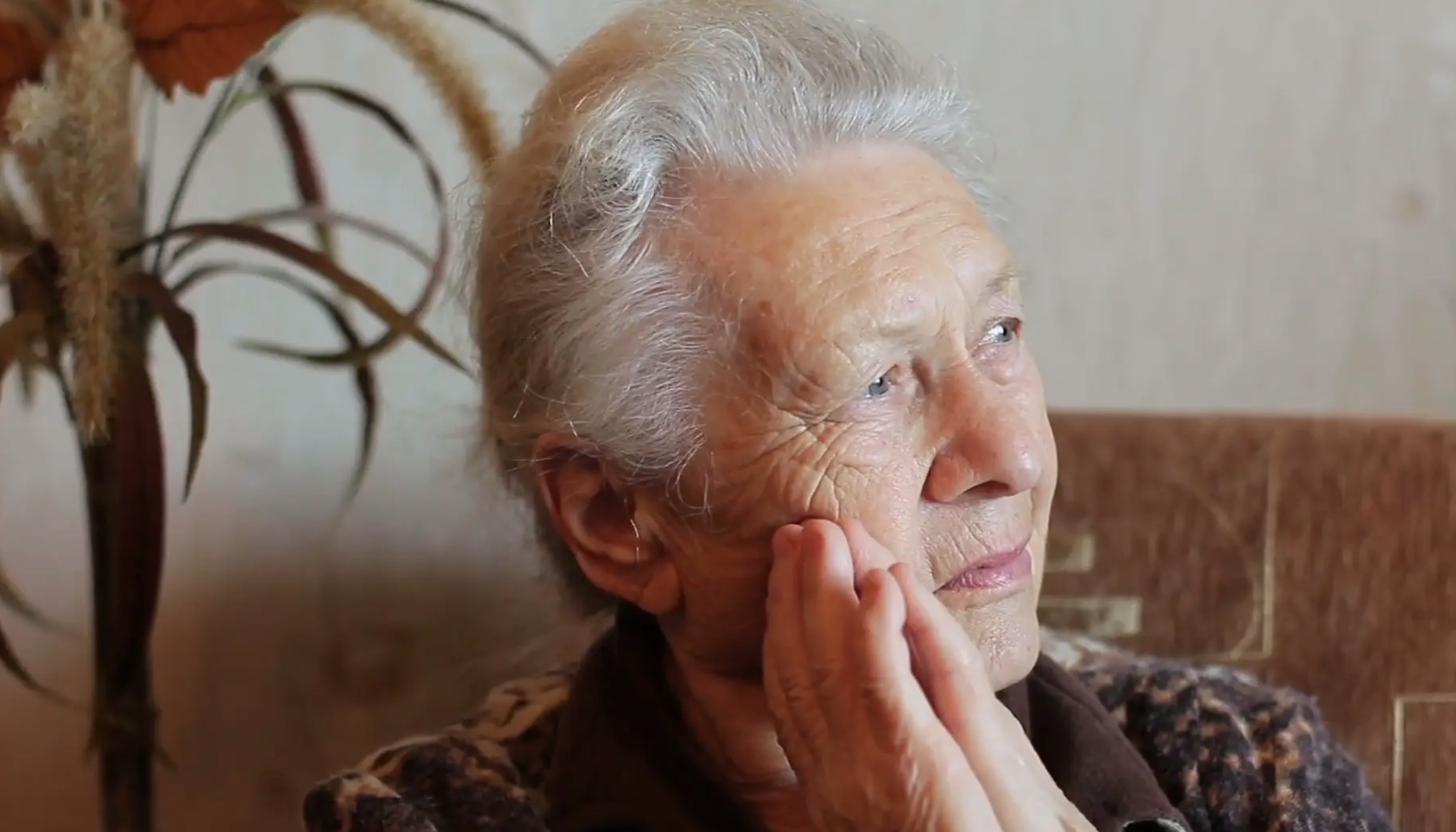Around the world, physicians are concerned about the risk of thrombotic complications in patients with COVID-19. Most patients are worried about respiratory failure, and pneumonia and clotting does not rank high in their consciousness. But it has made quite an impression in the hospital setting. We often see very high levels of D-dimer in COVID-19 patients, often higher than the actual patients with active clotting such as deep vein thromboses (DVTs).
Clinicians treating COVID-19 patients have described diffuse clots in the lungs and in other vascular beds. Early experiences led us to consider anticoagulation for patients with COVID-19. The International Society on Thrombosis and Haemostasis (ISTH) and other professional societies recommended risk stratifying COVID-19 patients in the hospital for venous thromboembolism (VTE) prophylaxis using the normal risk tools.
Some centers were not using anticoagulation for patients with high D-Dimers unless there was established clotting such as DVT or clotting of lines such as dialysis access, etc. The ISTH has since recommended prophylactic-dose low molecular weight heparin (LMWH) for all hospitalized COVID-19 patients, even those not in the ICU, unless they have contraindications such as active bleeding or low platelet count (<25×109/L). There is still debate whether to use a prophylactic (lower) dose versus intermediate or therapeutic (higher) doses of anticoagulation. Furthermore, it is obvious that we still do not have a handle on the duration of prothrombotic, pro-inflammatory states in COVID-19 patients, and it is certain that these patients are at extended risk of thrombosis beyond the hospital stay.
Recent studies such as the Magellan study showed that there is increased risk of thrombosis after hospital discharge in the medically ill patients and that one could mitigate that risk by up to 39 days of using rivaroxaban 10 milligrams daily. The University of North Carolina calls for a 30-day prescription of direct oral anticoagulants after hospital discharge for outpatient management. “Our outpatient management in the algorithm is purely empiric and non-evidence based!” admitted Stephen Moll, MD, who helped design the algorithm there.
For quarantined patients with mild COVID-19 but significant comorbidities or who are being less active because of quarantine, prophylaxis is uncertain. Mobility is important, and these patients are encouraged to remain active and get up and move around even if it is just around the house.
Whether to use anticoagulants or not still remains a question for the individual patient and his or her physician to decide. My view is that given the high prothrombotic state as evidenced by elevated D-Dimers and increased reports of strokes, myocardial infarction, and venous thrombi complicating into pulmonary emboli, one should strongly consider using anticoagulation in the high- and intermediate-risk patients, leaving the “lower-risk” patients to preference and discussion between clinician and patient.
 Back to Blog Homepage
Back to Blog Homepage
